Here are some useful sections from the highway code, which will be edited and added to as time passes.
288
When the ‘Road Works Ahead’ sign is displayed, you will need to be more watchful and look for additional signs providing more specific instructions. Observe all signs - they are there for your safety and the safety of road workers.
- You MUST NOT exceed any temporary maximum speed limit.
- Use your mirrors and get into the correct lane for your vehicle in good time and as signs direct.
- Do not switch lanes to overtake queuing traffic.
- Take extra care near cyclists and motorcyclists as they are vulnerable to skidding on grit, mud or other debris at road works.
- Where lanes are restricted due to road works, merge in turn (seeRule 134).
- Do not drive through an area marked off by traffic cones.
- Watch out for traffic entering or leaving the works area, but do not be distracted by what is going on there. Concentrate on the road ahead, not the road works.
- Bear in mind that the road ahead may be obstructed by the works or by slow moving or stationary traffic.
- Keep a safe distance - there could be queues in front. To obtain further information about road works, see Conversions and further reading.
- Law RTRA sect 16
6. Reversing (200 to 203)
201
Do not reverse from a side road into a main road. When using a driveway,
reverse in and drive out if you can.
Look carefully before you start reversing. You should use all your mirrors check the ‘blind spot’ behind you (the part of the road you cannot see easily in the mirrors)Check there are no pedestrians (particularly children), cyclists, other road users or obstructions in the road behind you.
Reverse slowly while:
- checking all around
- looking mainly through the rear window
- being aware that the front of your vehicle will swing out as you turn.
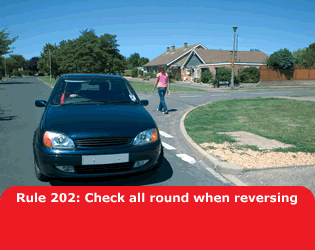
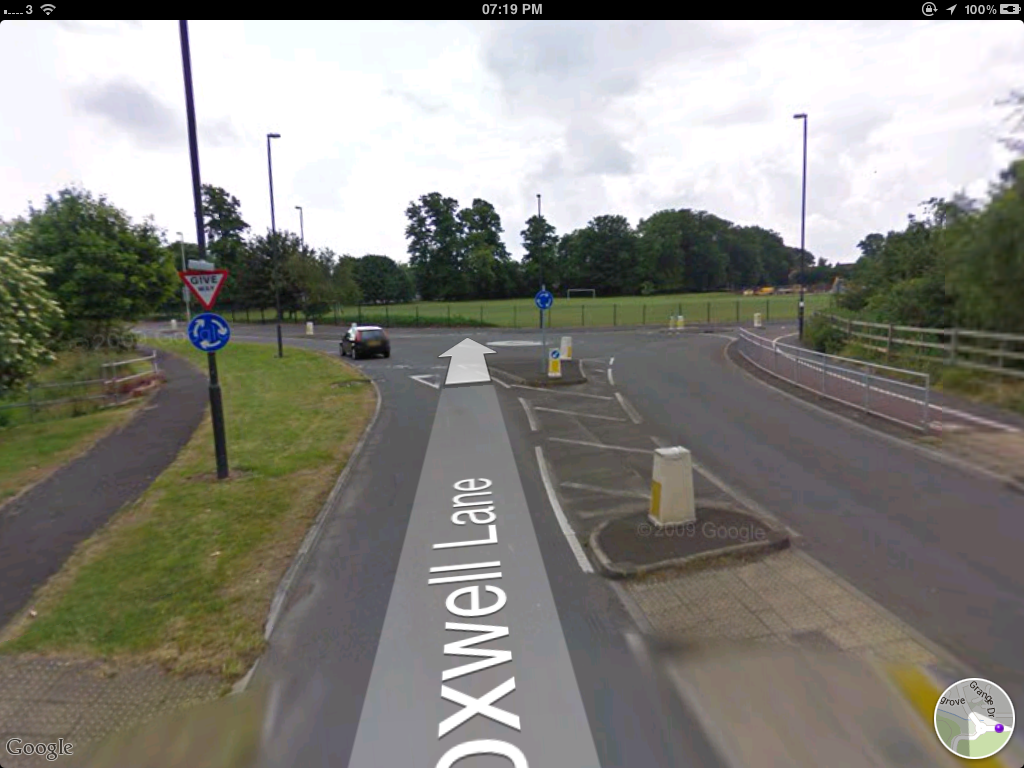
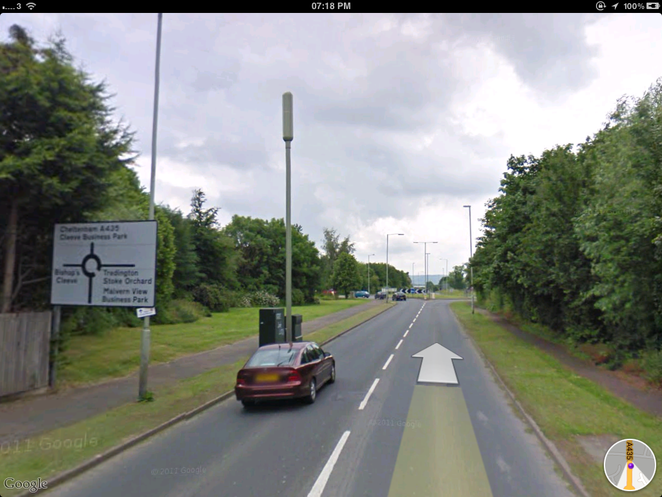
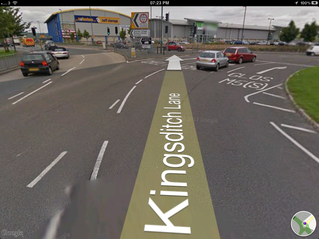
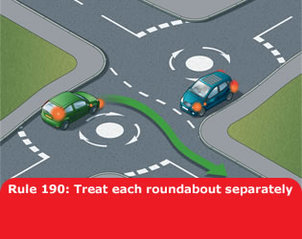
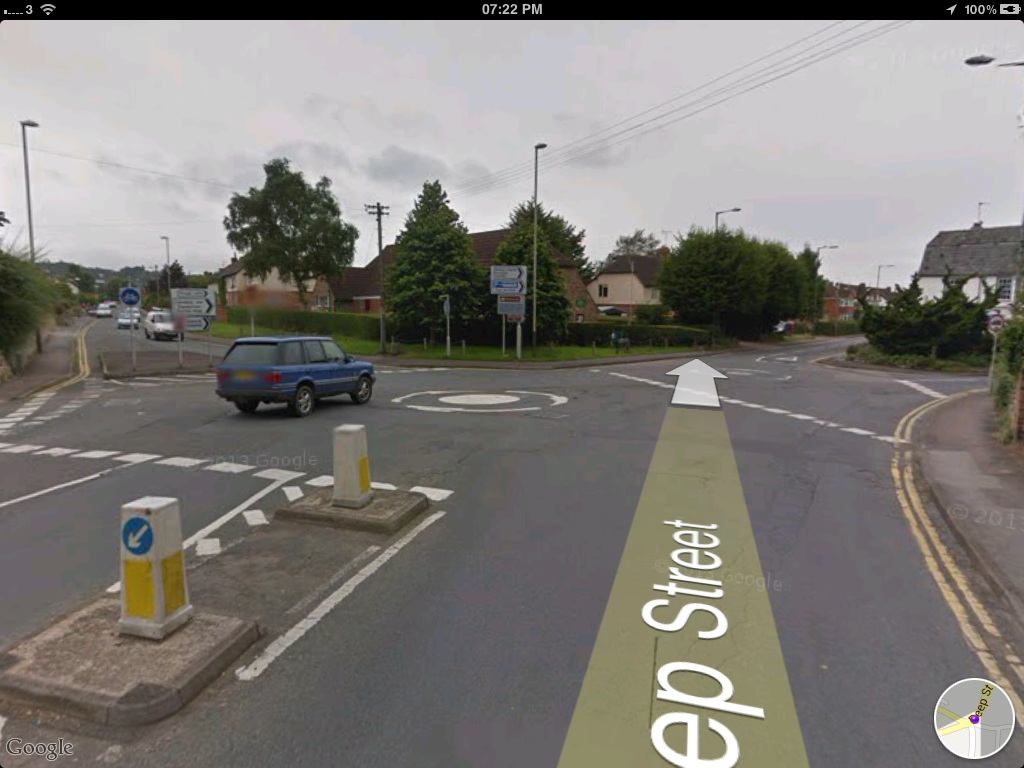
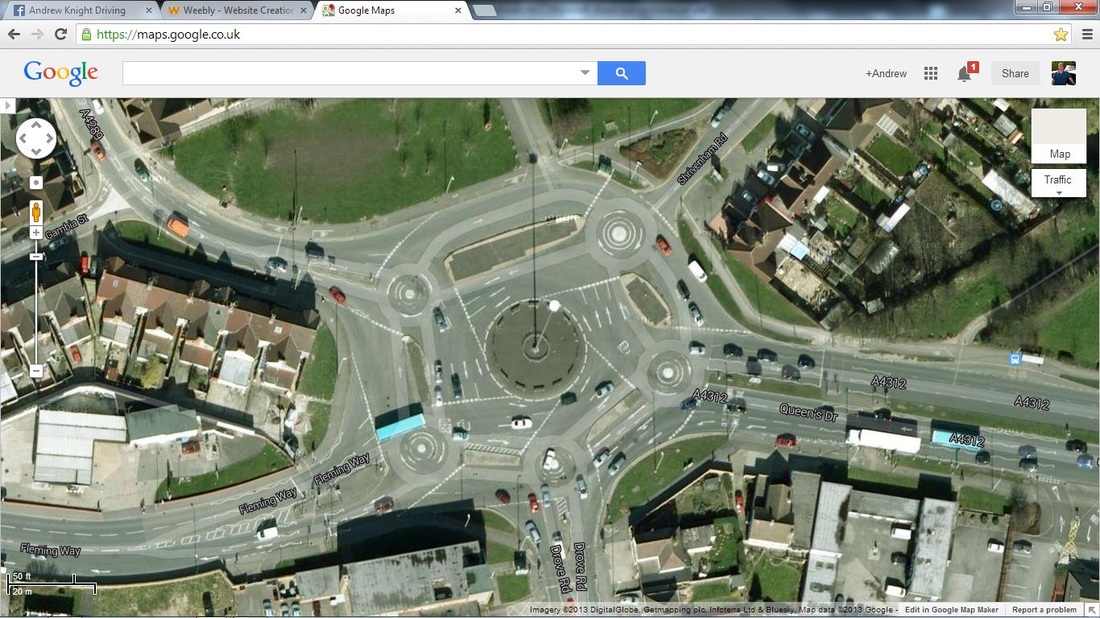
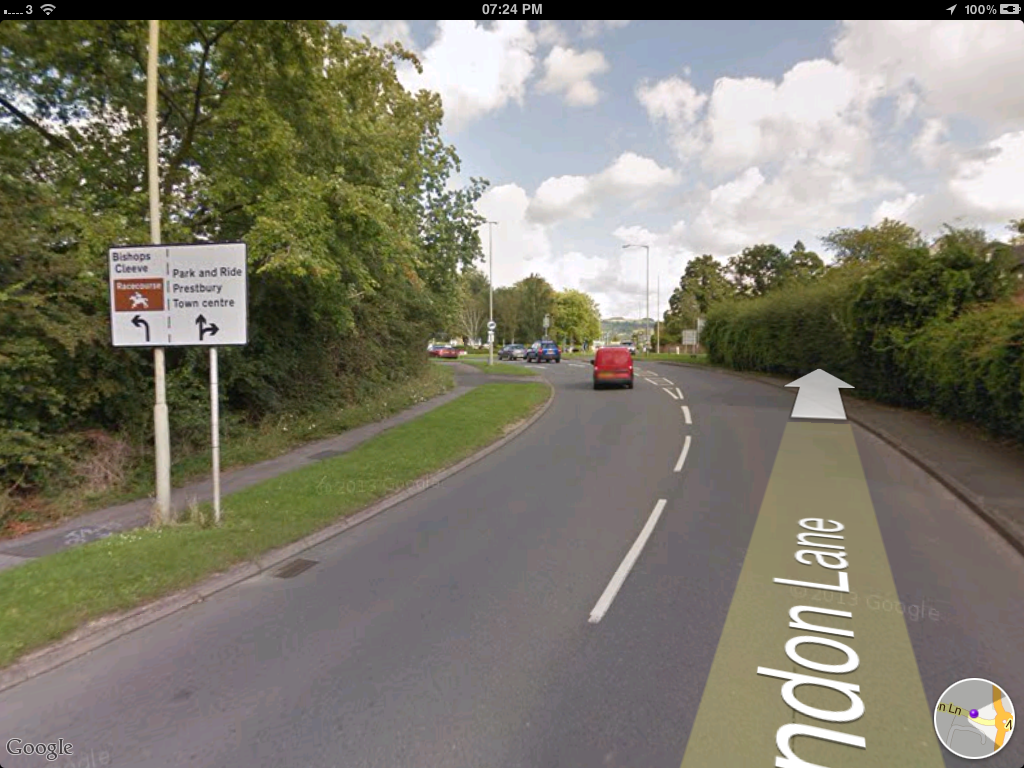
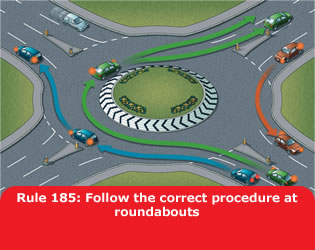
 RSS Feed
RSS Feed